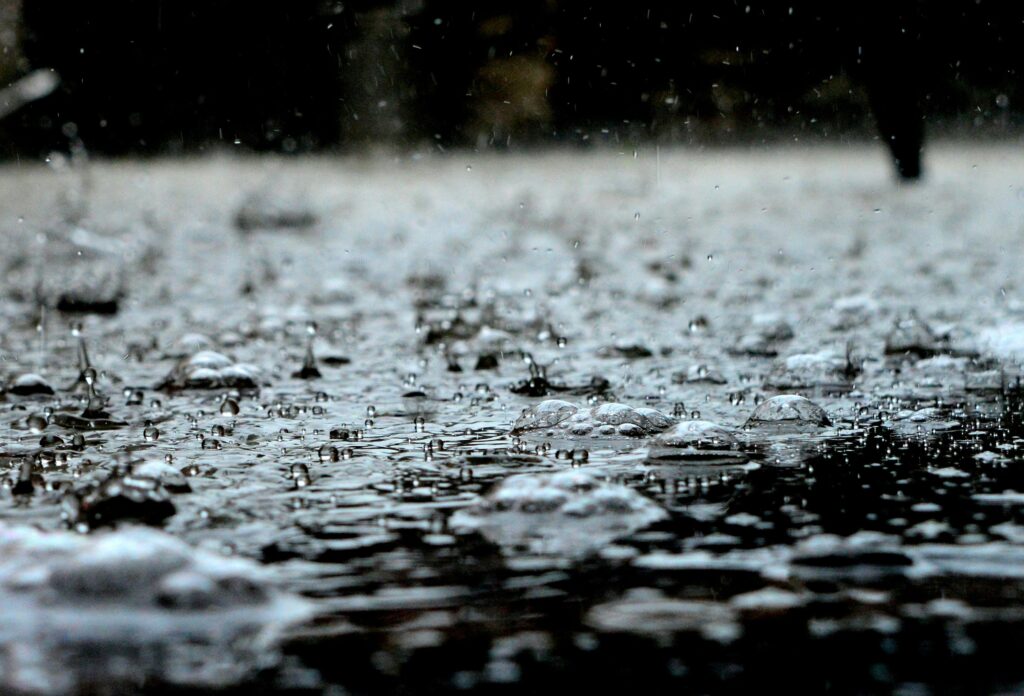Monsoons bring much-needed relief from the scorching Indian summer, but for people living with asthma, this season can be tricky. The increased humidity, sudden temperature changes, damp indoor environments, and mold growth create a perfect storm of asthma triggers.
If you’re someone who starts wheezing, coughing, or experiencing shortness of breath every time the clouds roll in, you’re not alone. Let’s break down why monsoons can worsen asthma and what you can do to breathe easier.
Why Monsoons Worsen Asthma Symptoms
- High Humidity
Moist air can make it harder to breathe. High humidity also increases the amount of allergens like dust mites and mold spores in the air, which can trigger asthma. - Mold and Mildew Growth
Damp corners of your home, especially bathrooms, kitchens, or places with poor ventilation, become breeding grounds for mold. Mold spores are a known asthma trigger. - Dust Mites Thrive
The damp environment creates ideal conditions for dust mites to flourish. They often hide in mattresses, upholstery, and carpets. - Sudden Weather Changes
Going from a cold, air-conditioned room to a warm, humid outdoors or vice versa can lead to airway irritation. - Infections Spike
Respiratory infections like the common cold or viral cough are more common during monsoons, and they can exacerbate asthma symptoms.
Common Monsoon Triggers to Watch Out For
- Smell of wet mud or damp clothes
- Musty odors from closed rooms
- Increased use of incense sticks and camphor indoors
- Air fresheners or room sprays to mask damp smells
- Crowded public transport with poor ventilation
- Pollen from certain monsoon flowers
Practical Tips to Manage Asthma During Monsoon
1. Keep Humidity in Check
- Use a dehumidifier if possible, especially in bedrooms or closed spaces.
- If not, even placing rock salt or silica gel in corners can absorb excess moisture.
- Avoid drying clothes indoors to reduce indoor humidity.
2. Prevent Mold at Home
- Regularly clean damp-prone areas with vinegar or baking soda.
- Use an exhaust fan or open windows after cooking or bathing.
- Avoid using carpets or heavy curtains during monsoon months.
3. Protect Your Bedding
- Use dust-mite-proof covers on pillows and mattresses.
- Wash bed linens in hot water every week.
- Let sunlight into your room whenever possible—it helps kill dust mites and mold spores.
4. Maintain Indoor Air Quality
- Avoid chemical-laden air fresheners and opt for natural alternatives like lemongrass oil in a diffuser.
- Keep houseplants to a minimum if you notice mold growth in pots.
- Get your AC filters cleaned before and during the season.
5. Stick to Your Asthma Action Plan
- Always carry your reliever inhaler while stepping out.
- Take your controller medications regularly, even if you feel fine.
- Consider using a peak flow meter to monitor any drop in lung function.
What to Do If You Get Wet in the Rain
- Change clothes immediately to avoid prolonged exposure to damp fabric.
- Take a hot shower to prevent catching a cold.
- Sip on warm water with tulsi or ginger to soothe the throat.
- Avoid sudden cold air exposure (like directly standing under an AC).
Eating Right During Monsoon
Certain foods can worsen asthma symptoms when combined with damp weather:
- Avoid: Fried snacks, dairy-heavy sweets, refrigerated leftovers, and bananas at night.
- Prefer: Warm homemade soups, herbal teas, steamed veggies, and ginger-turmeric concoctions.
When to See a Doctor
- If you notice you’re using your reliever inhaler more than twice a week
- If you’re waking up at night due to coughing or breathlessness
- If your peak flow readings consistently drop
- If you develop a cold that worsens your asthma symptoms
Final Thoughts
Asthma and monsoons don’t have to be enemies. With a little preparation, a good routine, and some lifestyle tweaks, you can enjoy the beauty of the rainy season without compromising your health. Please share your thoughts with everyone in the asthma friend community.





